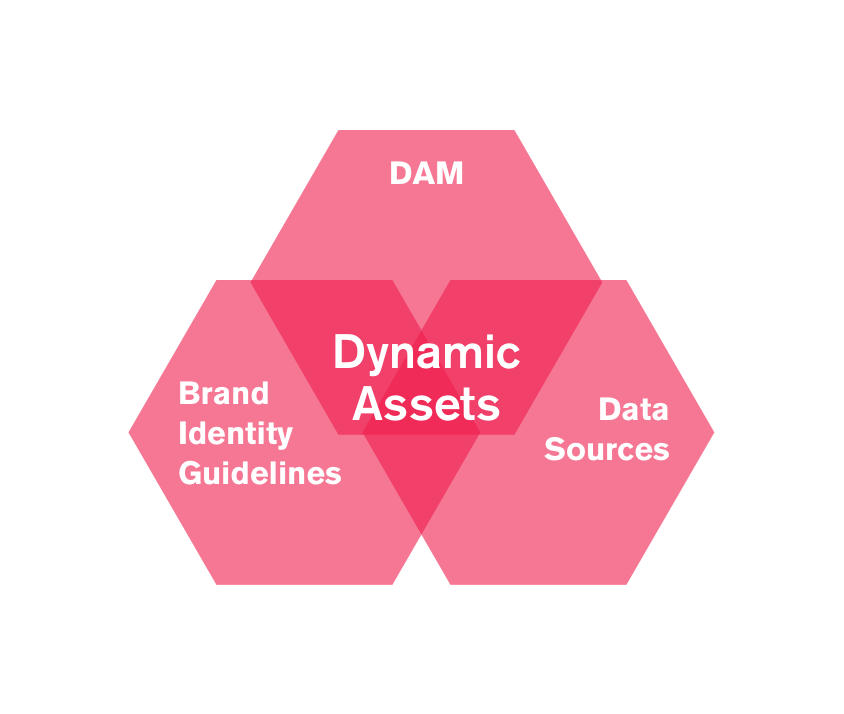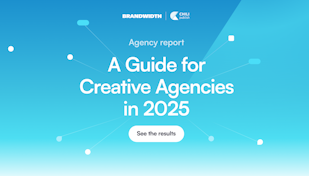No DAM is an island

Do you know the one thing all brands have in common when it comes to DAM? From soft drink giant to aircraft titan - their static assets limit their brand outreach efforts. Here’s how things escalate.
The DAM premise holds great promise for its customers: scalable end-user access to the right assets, at the right time, with the correct permissions. But when it comes to fulfillment of those assets, some companies get stuck.
Digital assets x data resources = mayhem
Customer-facing assets need to be manually created by specialized design staff, often resulting in bottlenecks, only to be resolved and scaled by involving additional designers. Metadata proves crucial to let the right assets surface at the right time. Some organizations want to add master data about their products or customers in the DAM and expect designers to assume the additional responsibility of data entry. After all, it’s copy-paste; what could possibly go wrong? And even with a high-performance asset management and delivery mechanism in place, the assets might not be found quickly enough, they could contain incorrect data, or they might not even exist yet due to a design backlog. And what do designers do when their DAM does not quickly give them an asset they want? They get creative and re-build it themselves. Exactly what the DAM was supposed to prevent.
DAM’s true potential is often not fully realized, despite significant investments.
Get brands off the DAM island with dynamic assets.
Instead of doing the tedious work of re-creating many versions of the same asset, designers can build intelligent templates. Templates with built-in advanced logic and brand guidelines, that adapt to the user, locale and the intended use, even before anyone so much as looks at the document. Templates that reduce risks by indicating which variations are possible, ranging from product, to locale, language or output channel. Templates with safe connections to multiple external master data sources, like PIM, CRM, or ERP systems, so correct information flows into the template from these single-source-of-truth platforms. These templates will reduce the risks, secure brand governance and reduce the manual work.
CHILI publisher’s dynamic assets are intelligent templates that manage brand identity guidelines, use other assets in the DAM, and connect to multiple master data sources.
When collateral becomes dynamic, DAM wins.
CHILI publisher’s dynamic assets are intelligent templates that contain brand identity guidelines, can use other assets in the DAM, and connect to multiple master data sources. They bring flexibility to the user, scale to the designer, accuracy to the information and governance to the brand. From what we’ve seen so far, regardless of brand focus, size or market, with dynamic assets in place, no DAM is an island.
Marketing
Piet Saegeman
Sep 7, 2018


